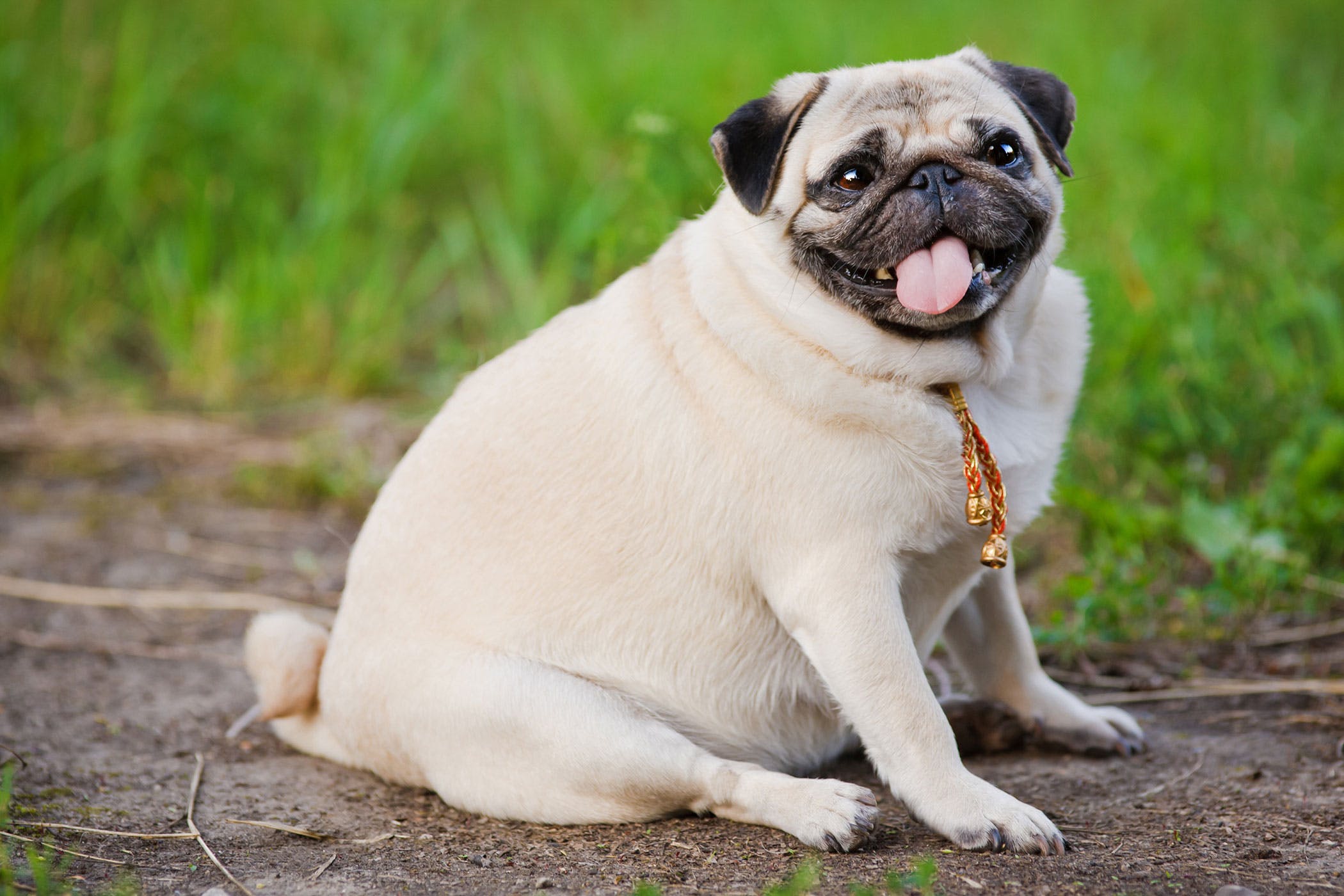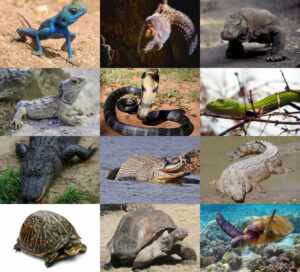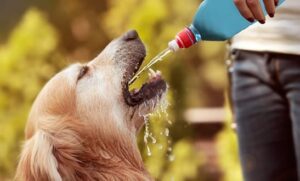Giving our dogs nice food as rewards is a natural instinct that makes them happy and, in turn, makes us happy.
However, there is a thin line between being a healthy weight and being obese, so if we are not careful, those small delights can do a lot of harm. We have examined the potential causes of canine obesity as well as potential solutions.
How to tell if your pet is obese
A few straightforward symptoms might help you determine whether your dog is obese.
Excessive panting; reluctance to go for walks; exhaustion; needing assistance to move around; sagging; inability to identify their ribs without an excessive amount of fat covering them; inability to see their waist from all angles, including from above; and a belly that hangs down when you view your dog from the side.
What problems can pet obesity cause?
Obesity in pets can result in a number of issues or significantly exacerbate already existing ones.
• Chronic obstructive pulmonary disease (COPD) • High blood pressure • Diabetes • Cancer • Arthritis • Inability to move or play normally • Fatigue and lack of energy
What are the causes of pet obesity?
A dog may gain weight for a variety of reasons, some of which are simple to address and others of which may require a veterinarian’s assistance in the form of medicine.
• Having food portions that are beyond the prescribed guidelines might sometimes result in a pet gaining weight after neutering
foods rich in fat; lack of exercise; ailments like arthritis that restrict a dog’s movement and capacity to exercise; and excessive treatment.
How to prevent pet obesity
There are several simple methods to start helping your dog fight obesity. To be sure you are assisting your pet in the appropriate way if they are excessively overweight, it is advisable to first speak with your veterinarian.
• It’s time for them to switch to a diet of low-fat, low-calorie meals, such those offered by James Wellbeloved.
Reduce the amount of treats you give your dog and switch to low-fat varieties. Stop giving your dog scraps from your plate. Cut back on the number of times you feed your dog each day. Use a slow feeder to make sure your dog isn’t eating too quickly and gives the food time to settle in their stomach.




